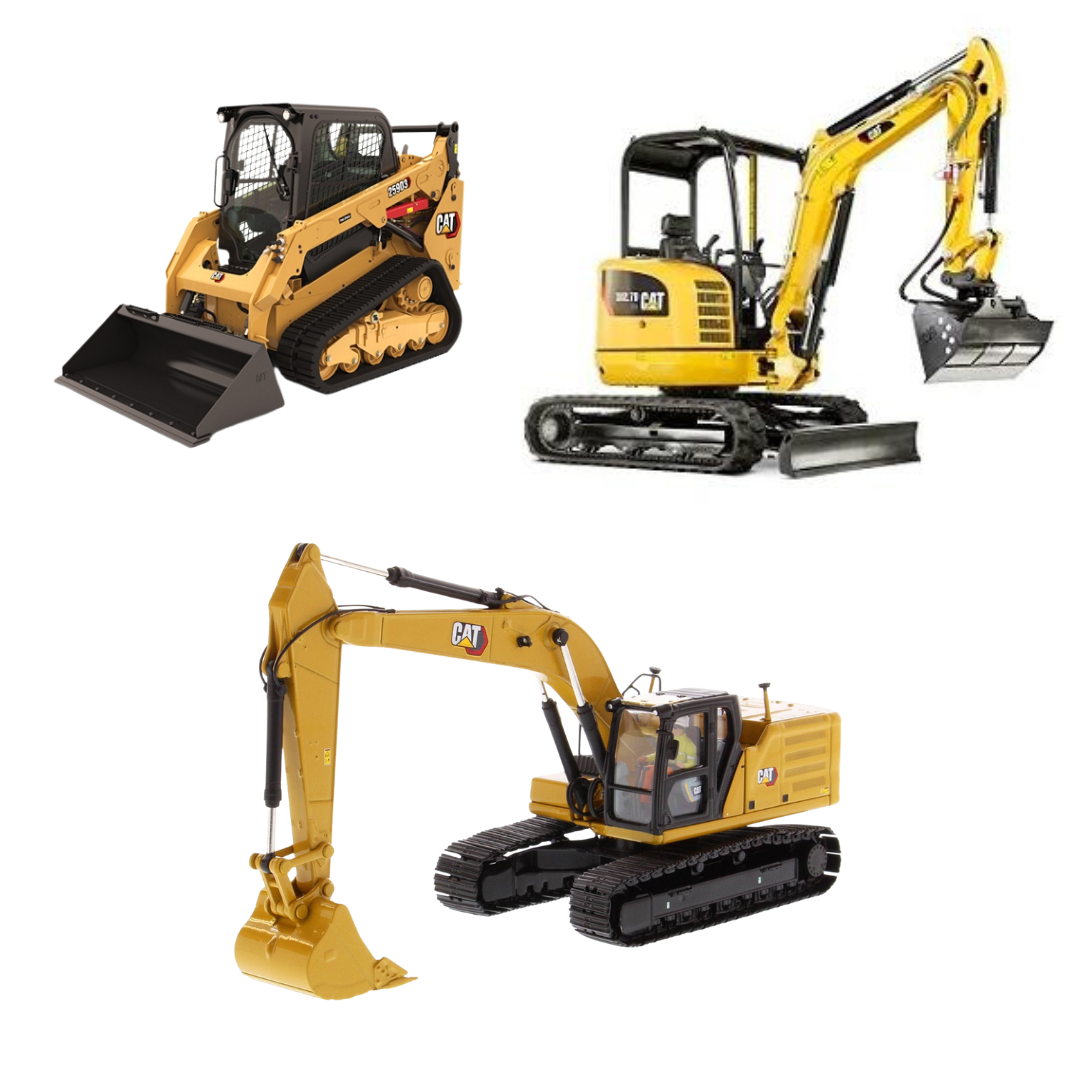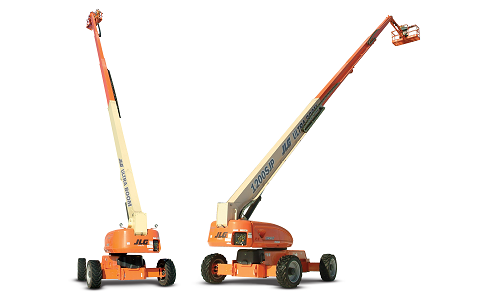Heavy Equipment Rental: Huge Machinery for Any Kind Of Construction Job
Heavy Equipment Rental: Huge Machinery for Any Kind Of Construction Job
Blog Article
How to Select the Right Construction Equipment Rentals to Fulfill Your Certain Requirements
Selecting the ideal building and construction devices leasings is a vital step that can considerably influence task performance and success. It needs a methodical analysis of job requirements, tools capabilities, rental terms, and logistical factors to consider. Each aspect plays a pivotal duty in making sure that the chosen devices straightens with particular jobs and website conditions. The subtleties of these analyses can often be ignored, leading to possible complications. Comprehending just how to browse this process efficiently might be the secret to maximizing resources and reducing expenses-- yet lots of service providers locate themselves at a crossroads when making these important decisions.
Assess Your Project Requirements
Before selecting building and construction devices rentals, it is vital to thoroughly analyze your task requirements to ensure that the right devices are used for optimal performance and security. Begin by defining the extent of your project, consisting of the tasks to be finished and the timeline for completion. This fundamental understanding will lead you in recognizing the particular tools needed.
Following, consider the site problems, such as terrain, accessibility, and the area available for navigating machinery. These elements straight affect the kind and size of equipment that can be efficiently used. Additionally, examine the awaited work and production rates, as these metrics will certainly determine the devices's ability needs.
It is also important to analyze any kind of regulatory or security requirements that might use to your task. Conformity with these regulations can affect tools option and use, influencing total project timelines and costs. Finally, consult with your job team and stakeholders to gather understandings and agreement on tools demands. By carefully considering these components, you can make educated decisions that not only improve functional efficiency however likewise advertise a risk-free workplace.
Evaluate Devices Abilities
Exactly how do you figure out whether the devices meets your project's needs? Begin by evaluating the particular jobs required for your task and match these with the abilities of the equipment offered for rent. Consider the equipment's capacity, size, and power, along with its operational functions. For circumstances, if you require to lift heavy products, make sure the training capacity of the equipment lines up with your needs.

Finally, think about the most up to date technological advancements that might improve efficiency. Features such as general practitioner tracking, fuel performance, and operator-friendly controls can dramatically affect project implementation. By completely evaluating tools abilities against your task specifications, you can make certain that you choose the appropriate machinery that not just meets yet exceeds your functional needs, inevitably adding to the success of your building task.
Understand Rental Terms
Understanding rental terms is crucial for ensuring a effective and smooth equipment rental experience. Familiarizing on your own with the certain regards to a rental agreement can stop misunderstandings and potential disputes. Secret parts to take into consideration consist of the period of the leasing, settlement terms, and any involved costs.
Generally, rental periods are defined in everyday, regular, go now or regular monthly terms, and comprehending these periods is necessary for budgeting. In addition, settlement terms might vary in between business, consisting of down payments, late settlement charges, and accepted payment methods.
It's also crucial to clear up obligations for maintenance and damages. Some rental arrangements might state that the renter is in charge of routine upkeep and any repair work that occur throughout the rental duration. Comprehending the conditions regarding damages or theft is essential; ask about insurance policy choices and liability insurance coverage to safeguard your interests.
Take Into Consideration Transport Logistics
Transportation logistics play a critical function in the successful service of construction devices. Appropriate planning and implementation of transportation methods can significantly affect the performance and performance of your building job. Prior to wrapping up equipment leasings, evaluate the place of your job website and the accessibility of transportation routes.
Think about the distance between the rental supplier and your site, as longer distances can cause raised transportation expenses and hold-ups - forklift rental. Review the weight and measurements of the devices to ensure it can be securely transported on available highways and framework

Bear in mind local policies relating to transport permits and courses, as these can impact the logistics of relocating heavy machinery (forklift rental). By proactively resolving these factors to consider, you can make sure and decrease prospective interruptions that the best tools is provided on schedule, fostering a much more reliable building and construction process
Contrast Rental Expenses and Providers
When reviewing building tools rentals, it is essential to contrast costs and providers to ensure you protect the ideal worth for your project. Beginning by gathering quotes from several rental firms to develop a baseline for rates. Understand that costs can differ significantly based on variables such as equipment type, rental duration, and extra services supplied.
Following, consider the track record and integrity of each company. Seek consumer testimonials and endorsements to determine their service high quality. A firm with a strong performance history might warrant a greater rental cost because of premium equipment maintenance and customer assistance.
Additionally, evaluate the regards to the rental agreements. Some carriers may offer adaptable rental options, such as day-to-day, weekly, or month-to-month rates, which can be helpful depending on your job timeline. Take notice of additional charges, such as distribution fees and insurance policy costs, which can affect the total rental price.
Conclusion

Picking the ideal construction equipment rentals is a vital step that can dramatically affect task performance and success.Prior to picking building and construction tools rentals, it is vital to completely examine your job demands to guarantee that the right tools are utilized for optimum performance and security.Comprehending rental terms is important for making sure a successful and smooth equipment rental experience.When reviewing building and construction devices rentals, it is heavy equipment rentals essential to contrast costs and providers to ensure you safeguard the best worth for your job.Picking the proper building tools rentals demands an extensive evaluation of job requirements, devices capacities, rental terms, transportation logistics, and relative costs.
Report this page